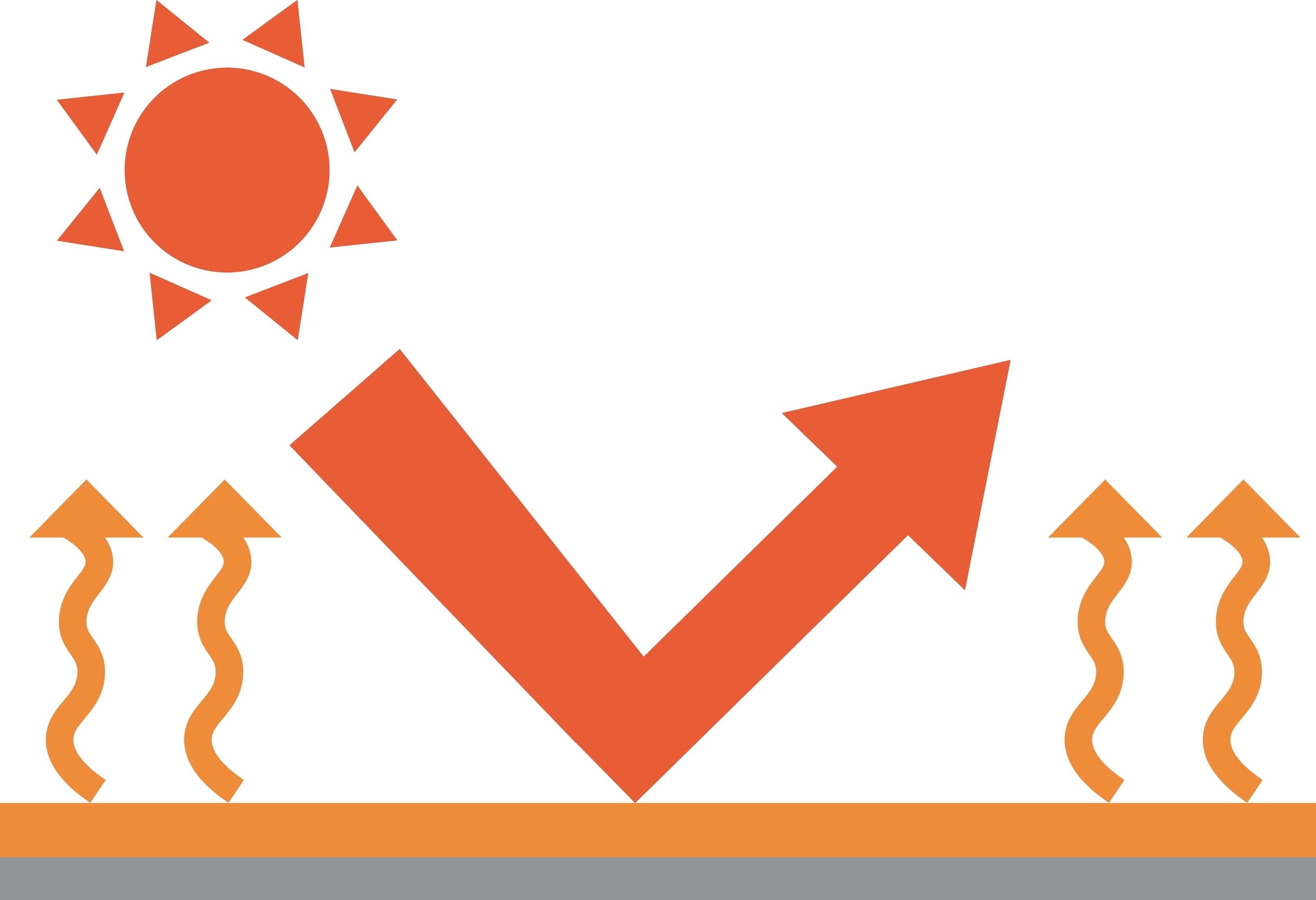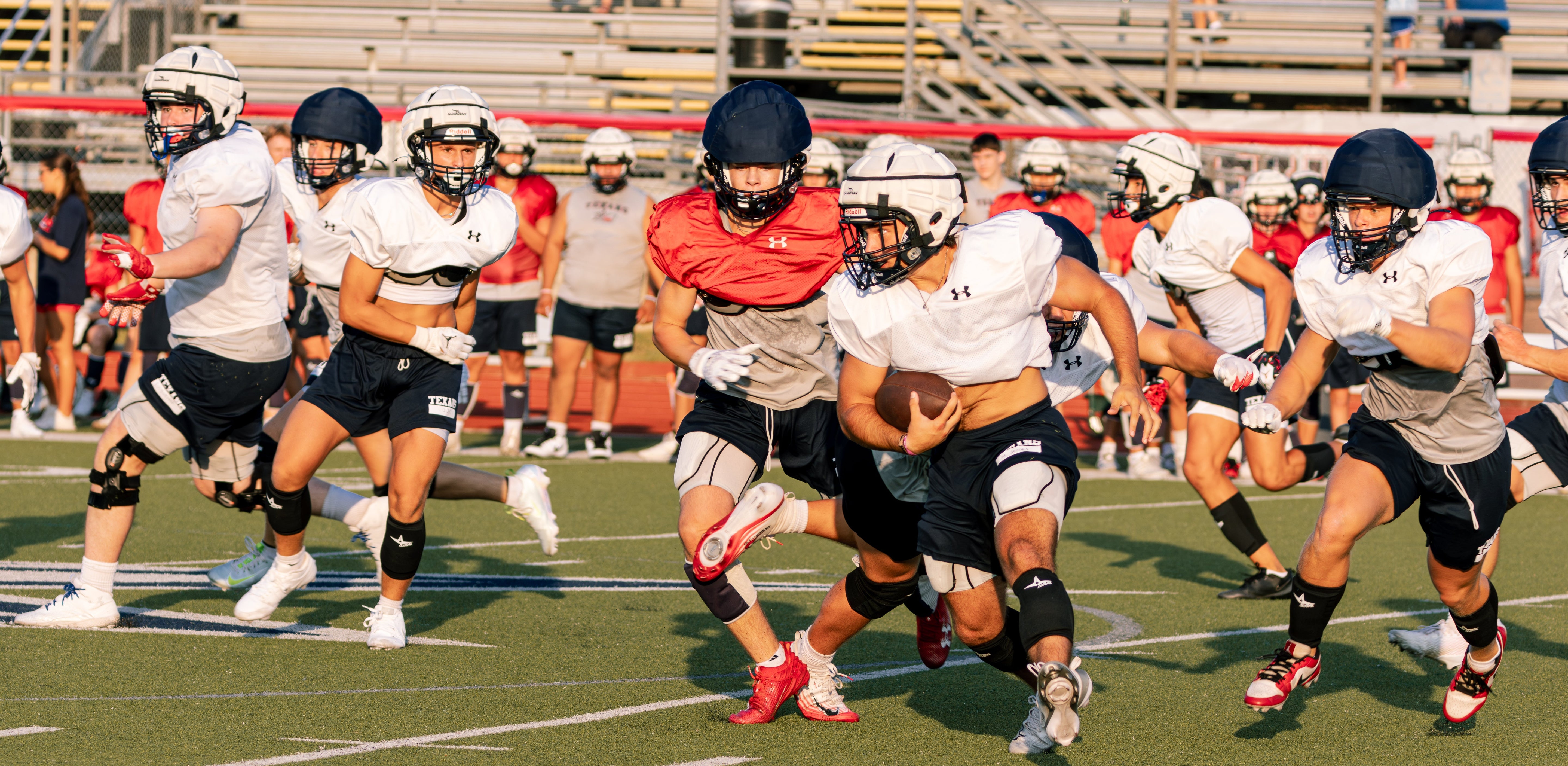
When “Stay Out of the Sun” Isn’t an Option for Athletes
Millions of Americans have been urged to avoid the sun amid extreme heat warnings in a Newsweek article this week —but for athletes, the sun is part of the job.
The Heat Is Changing the Game
- Triple-digit heat indexes are lasting longer
- Turf and track surfaces can be 40–60°F hotter than the air
- Back-to-back hot days stack strain on the body
WBGT: The Standard for Heat Guidelines
Most sports, military, and occupational safety rules today rely on Wet Bulb Globe Temperature (WBGT)—a measure that blends air temperature, humidity, sun exposure, and wind.
- When to shorten practice
- When to schedule extra breaks
- When to cancel or move indoors
For example, a WBGT above 90°F typically means no high-intensity outdoor activity in most guidelines.
Below is a typical WBGT threshold chart used in sports guidelines today. It shows the “safe,” “caution,” and “danger” zones that organizations use to adjust training based on environmental heat stress.
Why Guidelines Won’t Be Enough
WBGT is a powerful tool, but it treats everyone the same. In reality, two athletes on the same field can have very different heat responses—one adapts quickly, another struggles within minutes.
If we want to keep playing in the sun in the decades ahead, we’ll need to go beyond environmental measures and monitor how each individual is responding in real time.
Sources:


